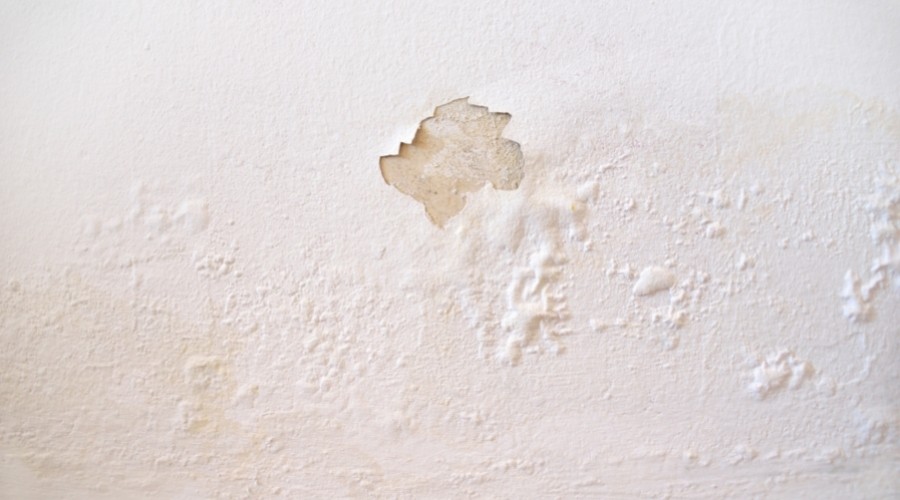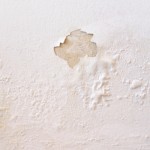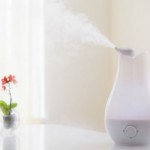What You Need to Know About Humidity and Its Effects on Your Home
Everyone has felt the effects of humidity at one time or another. Whether it be a balmy summer day or an unseasonably warm and muggy fall afternoon, humidity is around to some degree all the time. It can make being outside uncomfortable, making it hard to cool off in the summer and stay warm in the wintertime. And while most people think about humidity outside, it’s not often that people realize what humidity does to their home, furniture, and air quality.
Its effects can be far-reaching and impactful, which is why every homeowner needs to know how to deal with humidity in the home.
Why Humidity Matters
Too much humidity - meaning too much water in the home’s air - can be detrimental in several ways. The moisture can invade the drywall and wooden skeleton of the home, causing mold, swelling, and degradation over time. High humidity can cause floors to warp and respiratory illnesses to flourish.
Too little humidity can have similar detrimental effects. When the air in a home is nearly devoid of moisture, it can cause the wood in the home to shrink and crack. This includes the structure of the house itself, wood floors, and furniture. Plus, if the air is overly dry, it can cause problems for those in the home, such as nosebleeds and dry skin.
When to Use Humidifiers
A humidifier is just what it sounds like. It’s a way to add humidity to the air when the air is too dry. Whole-home humidifiers are designed to work with the home’s HVAC system to ensure that the entire house maintains its humidity in an acceptable range. Typically, homeowners want to shoot for somewhere between 30% and 60% humidity.
If people in the home are experiencing dry skin, nosebleeds, irritated eyes, sinus issues, or congestion, it could be an issue with the home’s humidity levels. Some HVAC thermostats also measure and provide a readout of the home’s humidity, which can be an easy way to tell if it’s too dry in the home. Less than 30% humidity is usually too low.
When To Use Dehumidifiers
A dehumidifier does the opposite of a humidifier; it removes moisture from the air. AC systems do this to an extent, but a dehumidifier may be the answer if the humidity is too much for the AC system to handle. Those who have trouble with mold often need a whole-home dehumidifier installed to work with their HVAC system. Residents who suffer from respiratory issues, experience a constant musty smell, or feel a sheen of dampness on everything in the home will benefit from a dehumidifier.
Professional HVAC technicians can help homeowners determine whether they have proper levels of humidity in their homes. Proper humidity levels can ensure that those in the home stay healthy and the home itself remains in good condition and isn’t damaged by too much or too little moisture.
About B & D Plumbing, Heating & A/C
The professionals at B & D Plumbing, Heating & A/C have been serving St. Michael, MN since 1982. They use the latest technology to provide excellent service at the hands of certified technicians. They offer 24/7 live answer service and upfront pricing. Call B & D Plumbing, Heating & A/C today for home moisture help.

























